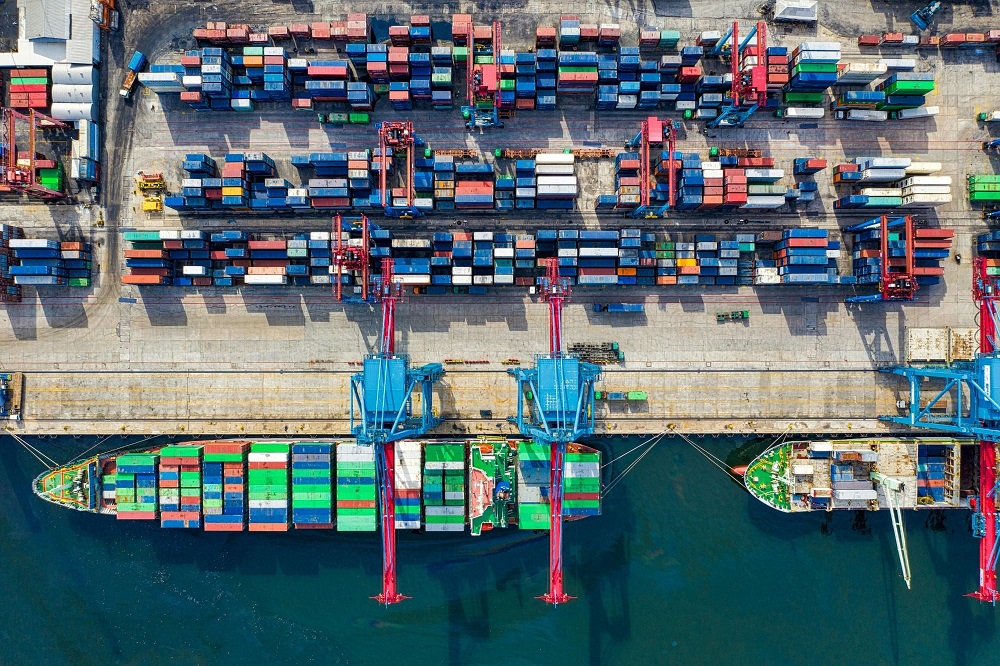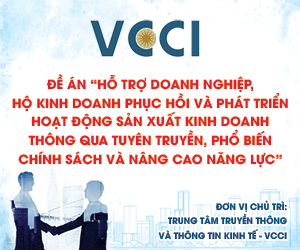How Vietnamese businesses can navigate the newest us tariff reality
Vietnamese businesses face a major challenge as new US tariffs could reach 46%. RMIT University lecturer Dr Scott McDonald says that to stay competitive, firms must rethink markets, supply chains, and strategies fast.
Understanding the impact of the new tariffs
US President Donald Trump unveiled a sweeping new tariff framework on 2 April 2025 during what the White House called a "Liberation Day" proclamation. The plan establishes an initial 10% baseline tariff on nearly all countries effective 5 April, with additional targeted increases to follow on 9 April. For Vietnam, these combined tariffs could potentially reach 46%, according to the administration's announcement.
The president signed an executive order implementing the tariffs through the International Emergency Economic Powers Act, declaring that the additional country-specific rates were calculated based on what the administration describes as both tariff and non-tariff barriers. US Treasury Secretary Scott Bessent stated after the announcement that countries should not panic and that tariffs wouldn't go any higher if they didn't retaliate.

Global trade is expected to be significantly impacted by the newly announced tariffs. (Photo: Pexels)
For Vietnamese exporters, the mathematics presents a clear challenge. Products exported to the US market could soon face a 46% price disadvantage compared to domestic American goods or products from countries with lower tariff rates. Industries likely to be most affected include electronics, textiles, furniture, footwear, and seafood – sectors that have been central to Vietnam's export success.
According to Evercore ISI's analysis cited in news reports, these new duties could bring the weighted-average US tariff rate to 29% once fully implemented, the highest in more than 100 years. This creates an unprecedented situation for Vietnamese businesses that have built their growth strategies around US market access.
Strategic business responses
Vietnamese businesses may consider multiple approaches to navigate this new tariff environment.
Market diversification efforts can be accelerated to reduce dependency on US exports. Vietnam's participation in multiple free trade agreements offers potential alternatives. Companies can leverage existing trade frameworks including: The Comprehensive and Progressive Agreement for Trans-Pacific Partnership (CPTPP) provides preferential access to markets including Japan, Canada, Australia, and New Zealand; The EU-Vietnam Free Trade Agreement (EVFTA) offers tariff reductions and eliminations for many Vietnamese products entering the European Union; The Regional Comprehensive Economic Partnership (RCEP) facilitates trade with ASEAN neighbors and other Asian markets; The UK-Vietnam Free Trade Agreement (UKVFTA) maintains preferential access to the British market.
In addition, companies might evaluate whether their products could be reclassified under different tariff codes or if component sourcing could be adjusted to mitigate impacts from US tariffs.
The US administration's focus on "non-tariff barriers" mentioned in the announcement suggests that trade negotiations may continue. According to the White House statement, President Trump told countries facing tariffs, "terminate your own tariffs and drop your barriers," indicating potential paths for future adjustments.
Some businesses may choose to explore production partnerships in countries that face lower tariffs or are exempt from the new framework. As noted in the announcement, Canada and Mexico will avoid the new duties due to separate orders regarding immigration and drugs, potentially creating strategic manufacturing opportunities.

With Treasury Secretary Bessent urging against retaliation and emphasising potential for negotiation, Vietnamese businesses face complex financial planning decisions. Short-term financial impacts must be balanced against long-term strategic positioning, with careful attention to cash flow management during this period of trade policy adjustment.
It is also important to note that the modification authority included in the executive order allows the president to increase duties further if countries retaliate. This creates additional uncertainty that businesses must factor into their scenario planning.
Looking forward
The US administration characterised its approach as "kind reciprocal", not “full reciprocal” and stated that tariff calculations represented only "half of the cheating" identified, suggesting both the seriousness of the administration's concerns and potential room for diplomatic engagement.
Vietnamese businesses that develop balanced strategies – incorporating market diversification, production flexibility, and careful financial management – will likely navigate this period more successfully than those that remain exclusively focused on maintaining current US market approaches regardless of new tariff costs.
As global markets respond to these significant policy shifts, Vietnamese companies face both challenges and opportunities to demonstrate the resilience and adaptability that have defined the country's economic development over recent decades.








